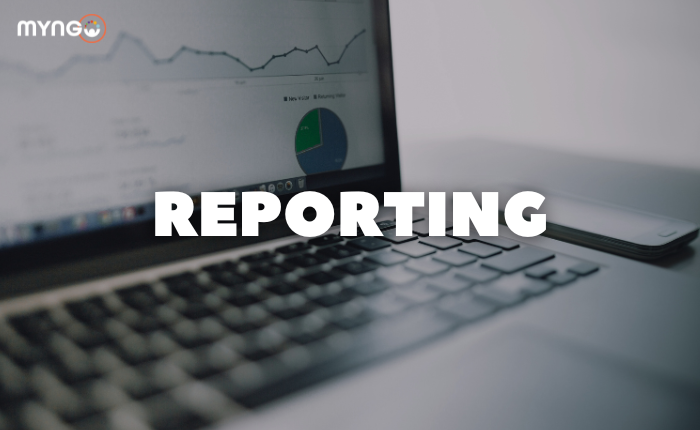
About Lesson
Reporting is a crucial aspect of Erasmus+ projects, ensuring transparency, accountability, and the dissemination of project outcomes. This lesson will provide guidance on how to prepare and submit effective reports, highlighting key elements and best practices.
Types of Reports
- Progress Reports: Submitted at various stages of the project to provide updates on activities, achievements, and challenges.
- Final Reports: Submitted at the end of the project to summarize outcomes, impacts, and lessons learned.
Key Elements of Effective Reports
- Executive Summary: A brief overview of the project, including objectives, activities, and key outcomes.
- Project Description: Detailed description of the project, including goals, target groups, and implementation strategy.
- Activities and Outputs: Summary of activities carried out, outputs produced, and milestones achieved.
- Impact and Outcomes: Analysis of the impact on participants, communities, and stakeholders, including quantitative and qualitative data.
- Challenges and Solutions: Discussion of challenges faced during the project and solutions implemented to overcome them.
- Lessons Learned and Recommendations: Key lessons learned and recommendations for future projects.
Best Practices for Reporting
- Clarity and Conciseness: Ensure reports are clear, concise, and well-structured, making them easy to read and understand.
- Use of Data: Support statements with quantitative and qualitative data, including charts, graphs, and quotes.
- Visual Aids: Use visual aids such as photos, infographics, and videos to enhance the report and illustrate key points.
- Stakeholder Engagement: Involve stakeholders in the reporting process, gathering their feedback and insights.